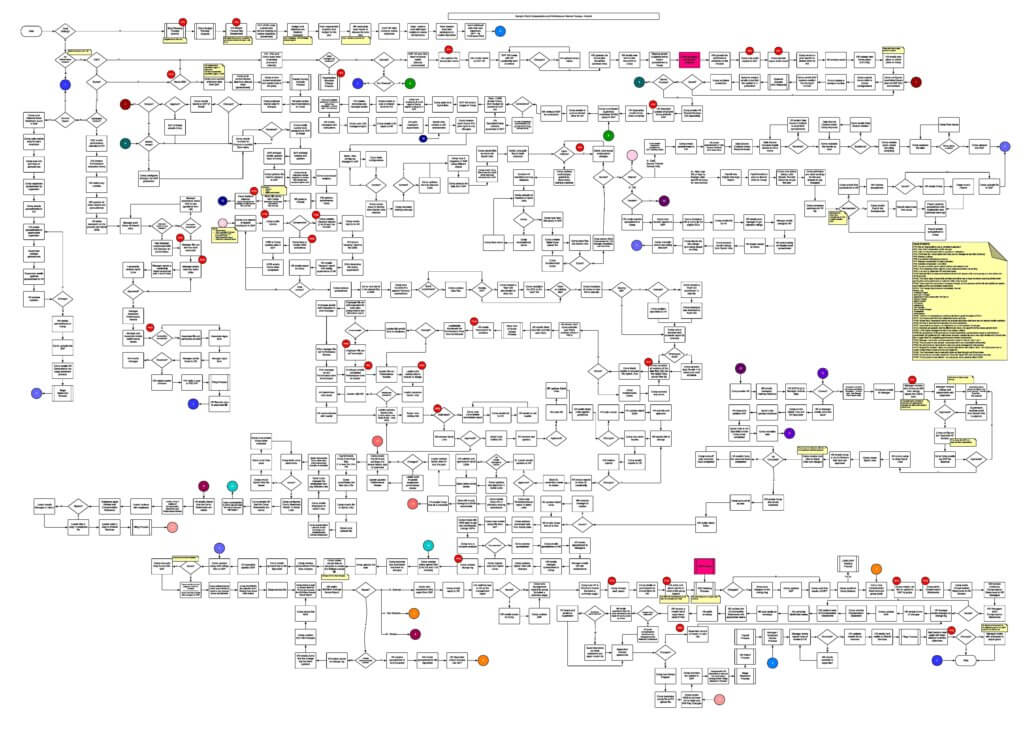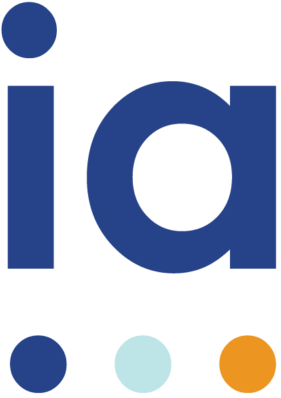Continuous Improvement, Core HR, Process Improvement
Congratulations! You have selected a shiny new system for payroll, or time tracking, or performance management. I can absolutely guarantee that your new HR tech will dramatically improve your life and the lives of everyone who touches it.
Just kidding. Here’s the truth, which I see every day: new and modern HR systems won’t magically solve your problems. If you have frustrating, slow, bottlenecked processes now, and you bring those same clunky processes into your new system, you’ll be back at square one fast. That’s why I spend a lot of time working with clients to untangle old processes, think about the ideal way things would work and find a way to bring the current reality closer to that dream state.
Modern HR systems are highly configurable and if you haven’t done the hard work of figuring out better processes and cutting down on bad behaviors, you risk rebuilding those same processes in a prettier tool. So, if you don’t know how to move past “this is how we’ve always done it,” I have three tips for you.
Understand Your Current State
The first step in any major change is understanding what you’re doing now. Let’s use compensation as an example. You might only touch a few steps in the compensation process — let’s stay steps 5 through 11. But if you don’t see the whole picture, such as what needs to happen all the way down at step 24, you can’t make smart decisions about improving it.
I recommend getting everyone in a room and breaking out the markers. Draw your entire, messy, complicated process — and don’t leave anything out. Get into all the nitty-gritty details: if a document has to be printed, signed and filed, include that in your process map.

Once you have a huge visual that everyone can see, light bulbs start going off. Maybe the VP of your business unit always wanted final approval over bonuses, but when she sees that she’s holding up step 50 in a process that already has built-in checks and balances, she might change her mind. When you’re trying to design better processes, it helps when everyone has the same information. Maybe that same VP thought your current compensation process was just fine, but when she sees how messy and time-consuming it is, she’ll be your biggest advocate for simplifying.
After you’ve laid the groundwork and everyone is on the same page, you can start to think: What would we like to do instead?
To Create Your Ideal Scenario, Bring in Outside Perspectives
Next comes the fun part — dreaming up a new idea. If you had a magic wand, how would you manage bonuses?
If you’ve worked on the bonus process for years, you probably have a few new ideas, but you’re also biased. You may be unwittingly anchored to the current process. For example, you might think it’s impossible to eliminate certain steps, because you’re convinced other business partners won’t accept the change. In other words, you default to “that’s not possible.” That’s why it’s critical to bring in new voices and perspectives. You want people who will look at the current state and ask, “why do we need to do it that way?”
Assemble a team that includes: the people who will be executing the new processes, some people who will be affected by the processes (for example, the leaders who will approve the compensation process as well as employees whose paychecks will be determined by the process) and depending on the process, maybe a few complete outsiders. This internal team should have a combination of people who know the detailed nuances of the current processes and people who haven’t had much exposure, but who can ask basic questions about why you’ve made certain decisions. Sometimes it’s the simple questions that lead to the biggest “a-ha” moments.
It’s also important to bring in people who are new to your organization. Think about it: If you’re trying to improve the new-hire and onboarding process and you were hired at the company 10 years ago, do you really know how the current onboarding process feels for new hires? Sure, you may have gotten feedback about ways to improve it, but you haven’t experienced it in a very long time. Ask people who have a fresh memory of the experience.
If you’re trying to improve a process, you need new ideas beyond the people who built and executed the current one. Newcomers have had experience with other practices, both good and bad, at other organizations.
Once you’ve considered all the perspectives and designed an ideal vision, then you can take it to your HR systems provider. Your provider or systems integrator has probably seen similar problems, and knows how the current system can fit your needs — and what will need to happen later, as a future enhancement.
Revisit Your Process Regularly
And of course, you know I’m going to tell you that your work is never really done. Technology is changing fast. Since most HR systems are now in the cloud, updates and enhancements come fast and furious — from your HR systems provider and from your own organization’s requests for improvements or fixes. Keep an eye on new changes your providers roll out, listen to feedback from your end users and reach out to other organizations that are using the same software to learn from their experiences and improvements.
HR people are famous for accidentally building in complexity when they’re trying to meet their business challenges, so it’s worth scheduling regular reviews with your end users. Have you unintentionally made work processes more difficult than they need to be for employees? Is it easy to get hired, get paid and do great work?
Critically evaluate how many clicks it takes to get something done, how many layers of approval must happen, or even how disruptive multiple email notifications can be to your end users. Sniff out the roadblocks and pain points.
There are a lot of exciting tech solutions to HR problems, but I’ve yet to find any silver bullets. To build a better way to work, start with your internal processes, and then look for tech that will help you get there. Cleaning up complicated processes takes some focused work, but it’s worth it — and you can do it!







Thank you, thank you, THANK YOU!!!! Lift and shift to new technology just moves your same old broken processes to a shiny new piece of junk!